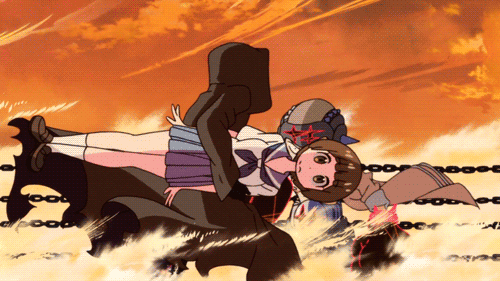JEMC said:
Sirius87 said:
JEMC said:
You mean something like Intel's Smart Response? Maybe with a small one, something like 30/32 GB to store texture or things like that, but it would still present problems, like NAND degradation.
|
Imho NAND degradation is pretty much a non issue in the consumer space. At the moment standard 25nm MLC-NAND (no need to go for TLC for such a small amount of storage) most of the time is rated to endure 3000 write cycles (and as you can see here: http://www.xtremesystems.org/forums/showthread.php?271063-SSD-Write-Endurance-25nm-Vs-34nm some can withstand a lot more). Even if you go to something like 19nm in the near future this still will allow around 2000 cycles.
Assuming 32GB of NAND, 2000 P/E cycles and a avarage write amplification of 3 (probably worse than what's encountered in real world) you can write 10GB of data each day for like 6 years. And who the hell installs a new game (or partial gamedata) with a size of 10GB each day?
I'm pretty sure that the PS720 won't have internal HDDs included, and you can just plug in your own external drives (but I'm assuming USB3 for PS720) and so both will have a small amount of NAND similar to the WiiU. How small the amount will be will depend on how they want to use it. If they allow mandatory installs to NAND than of course more will be needed (I'd go for a reserved swap area on the NAND but no real required installs). But you can also just go with a larger amount of DDR3 Ram to store more game data which is still a lot faster than NAND (initial load times of games may be longer in this case of course, as the data has to be written to the RAM at the start).
|
NAND problems will depend on how Microsoft and Sony decide to use it.
If they use it like WiiU or the PS3 superslim do, just for storage purposes, then it will be fine for most users.
But if they take the approach I said and use it to improve performance by installing games (or part of them), then they will have a problem unless they over provisioning a lot (something unlikely given that they will try to cut costs as much as possible), because game installs will take a lot of space, and the more games you play, more data will need to be installed. And we are talking about more than 10GB per game.
Also, those 2 or 3000 cycles you talk about are before NAND loses its capability to be written, but they will start to be slower a lot sooner than that, and thus performance will be affected. What will happen with the games coded to take advantage of the theorical speed of that NAND when the real speed is slower?
And then there is the "garbage" problem, which will also affect performance if they don't find a way to use TRIM or a good garbage collector.
|
If you only install the games once, you only write them once to the NAND/SSD. Of course there can't be enough space to install all your games to the NAND permanently. And you initially talked about parts of the games (not everything has to be stored on such a fast storage; texture streaming works as long as the textures are on the NAND). So 10GB may be reasonable on average (or maybe it's 20GB, but it doesn't really matter).
As long as you don't swap the games you play so often that you have to reinstall games around daily to your NAND, you won't write that much data on a SSD. What will not be possible is to treat NAND as Ram. Writing data during gaming needs to be heavily restricted. So what's installed to the NAND needs to be mostly static during gaming.
Oh and SSDs don't really get slower after writing data to them. Only Sandforce-SSDs use the so called Durawrite (Level 1 sets in after ~1 full capacity write to the SSD, and Level 2 a lot later than that), which makes writing to the NAND slower. And writing isn't really important with games (and 90% of other applications). It's only a method to reduce the wearing down of the NAND. Non-Sandforce SSD only get slower if Trim doesn't work or after a really large amount of data got written and the first errors start to kick on (that usually happens after the specified P/E cycles are exhausted).
The NAND also doesn't lose its capability to be written after the specified write cycles are used up. The specifications say that consumer SSDs need to hold data for at least a year without power as long as the specified P/E cycles aren't exhausted. An easy way to ensure that even afterwards, would be to forbid to write to the SSD after that point. But that's not implemented in any SSD firmware as far as I know. You can essentially write to a SSD until the point is reached where the system can't communicate with the SSD anymore because the read errors get out of control (see the link in my previous post for examples).
Trim support of course will be a requirement (but I don't see why that shouldn't be possible). GC is only important if you don't have Trim. Newer SSDs most of the time have really bad GC because it doesn't really matter anymore.
























































